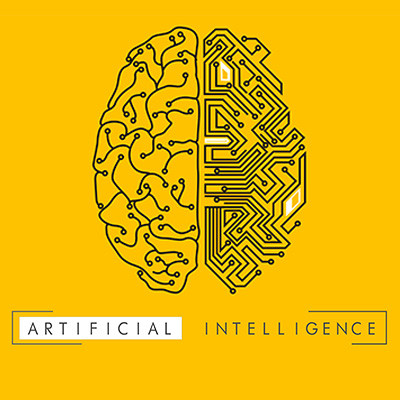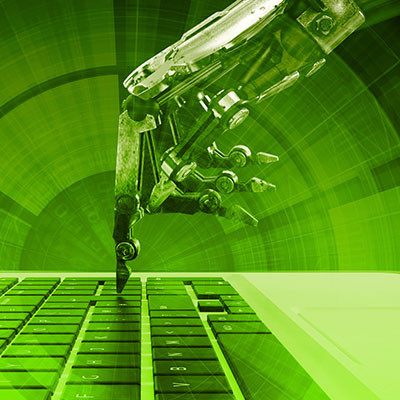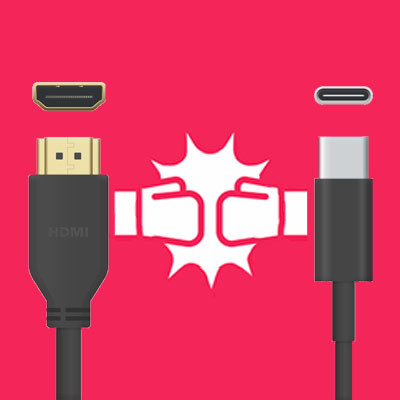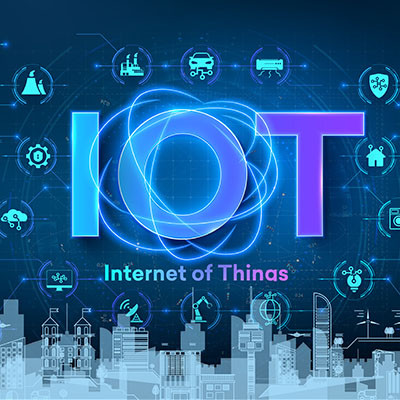The IoT, or Internet of Things, is everywhere. There’s a relatively good chance that a device that would be part of the IoT is within your reach right now, perhaps even on your person. Businesses of all kinds use the IoT for various purposes as well, but behind this usage lies significant risk from cyberthreats, and a shocking number of businesses seem to accept this risk without much concern… as in, the vast majority of surveyed businesses utilizing the IoT demonstrated a lack of protection, but seemed not to be bothered by it.
Argentum IT LLC Blog
Over the past several years, it has come to the attention of people in various industries that there is going to be a time, very soon, where the data that needs to be stored is going to outweigh our ability to store it. Microsoft, in a collaboration with the University of Southampton in England has taken aim at this very problem and has come up with some innovative solutions.
Foldable phones undeniably saw a very slow start when they were introduced a few years ago, high prices and horror stories about their fragility scaring away all but the earliest of early adopters. However, thanks to an enthusiastic fanbase, the concept has persisted and has become a legitimate option amongst flagship devices.
Let’s consider some of the predictions that have been made surrounding the future of the foldable smartphone market, and why business users might be drawn to the flexible form factor.
It isn’t unusual for modern businesses to turn more and more often to “green” technologies, partially due to the reduced environmental impacts that come with their use, and partially due to the operational advantages that many of these technologies also bring. Let’s discuss some of the options that even smaller businesses can embrace that bring these kinds of mutual benefits.
It seems that you can’t turn your head nowadays without seeing artificial intelligence being incorporated into some software or platform. However, many leaders in the technology space have expressed their concerns about—as they put it—the “profound risks to society and humanity” that AI poses, outlined in an open letter.
The thing about technology is that, regardless of how miraculous or otherworldly it may seem upon its introduction, it can quickly become so very familiar to us. Hard as it may seem to believe, someday (maybe even soon), things like ChatGPT and other bleeding-edge technologies will seem typical, perhaps even humdrum.
The blockchain has been a hot topic in the past few years, if only tangentially. With all the buzz around cryptocurrencies, it can be easy to forget about the underlying technology that powers it and its other applications. Let’s pivot to these other applications for a moment and discuss how the blockchain could potentially be involved with security needs at some point in the future.
AI has been a hot topic in recent months and years, which only makes sense. Not only has it been used in more public applications, but it has also caused a bit of controversy as it seems to “compete” with people. Back in September, art made by using an artificially intelligent platform caused a stir by winning an art competition, and workplace fears of a computer taking one’s job have seemingly become more well-founded than ever.
Countless jokes have been made in the IT world about the perfect place to hide something being page two of Google—just hang out with some IT professionals, and there’s a good chance you’ll hear it. Unfortunately, Google is making a change to its search results that will make this joke completely irrelevant.
Have you ever heard of the Uncanny Valley? It’s the theory that explains why the human race tends to prefer humanoid robots, but only up to a point, after which we find them unsettling. It’s one reason why so many people found the 2019 film Cats bothersome to watch. The Uncanny Valley has also been present in film in recent years, especially when actors who have passed are recreated digitally to make an appearance, or when talent needs to look older or younger than they are.
There’s no denying that the economic forecast at the moment is a bit bleak, with murmurings of a recession growing louder by the day. As this situation develops, many companies are likely seeking out opportunities to trim the fat. Despite this, however, we anticipate that artificial intelligence will actually see a bit of an uptick. Let’s go over why.
Every piece of technology we regularly use today was once earth-shakingly innovative, regardless of how mundane and common it seems to us now. Think about it: people once had endless questions about the Internet, about computers…even about electricity. Let’s consider some modern innovations that we have many questions about now, but may someday be just as much of a given as the other tools we so commonly use today.
Artificially-intelligent image generation has become a hot topic in recent weeks and months. Not too long ago, an artist created a stir for winning a competition with an image that he largely created using an artificially-intelligent tool. Now, Microsoft has announced that similar AI-powered image generation tools will be integrated into many of their applications.
While we typically focus on how various technologies can be used in business applications as a way to boost a small or medium-sized organization’s capabilities, we occasionally come across a topic that is just undeniably cool (and that we can bring back around to business concerns, to boot). We recently heard about the development of a flexible new wearable that uses AI to monitor the health of the wearer that we wanted to discuss with you.
Let’s face it: when you look at the back of your computer, where the motherboard’s many, many ports are accessible, there’s a substantial variety of connection types available to do a variety of things—some of which may overlap with one another. One prime example: the shared capability between USB and HDMI as a means of connecting your PC to many of its peripherals. Let’s consider which is likely to outlast the other.
The Internet of Things can be a tricky concept to wrap your head around, and it certainly doesn’t help that so many new smart devices are being added to it day-in and day-out. Let’s take a look at what makes up the Internet of Things and why it’s important to know what it is from a business perspective.
The workspace is changing in spades these days, with remote work—once a taboo topic in some offices—being commonplace, along with resignations in the face of a return to the office becoming more of a regular occurrence. Employees want more control over their work schedule so they can balance their personal responsibilities with their professional. A shorter workweek might be the key to making this happen.
There are many ways that you can invest in your business. You can hire additional people with a strategy to get more done; you can diversify and try to cultivate different types of revenue; and you revitalize your business through the use of technology. This month, we thought we would discuss how deploying certain technologies can help grow your business fast.




















